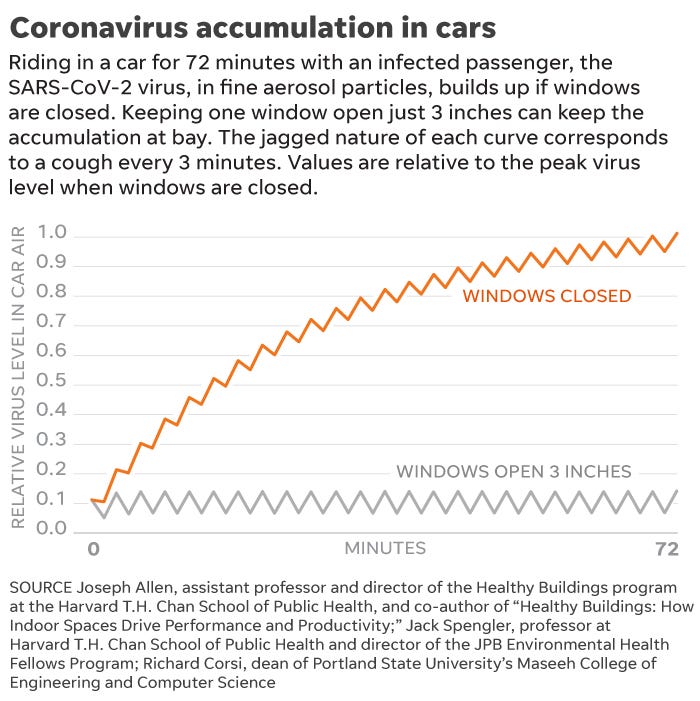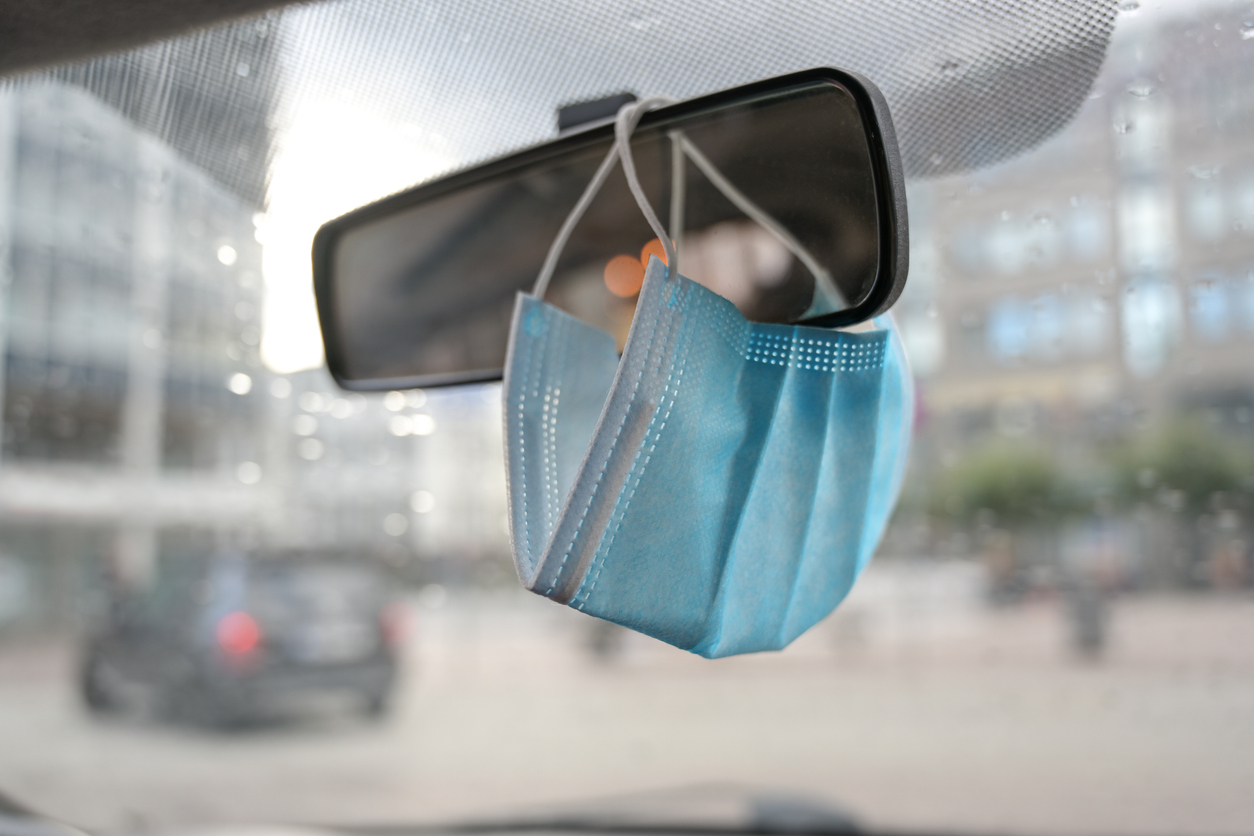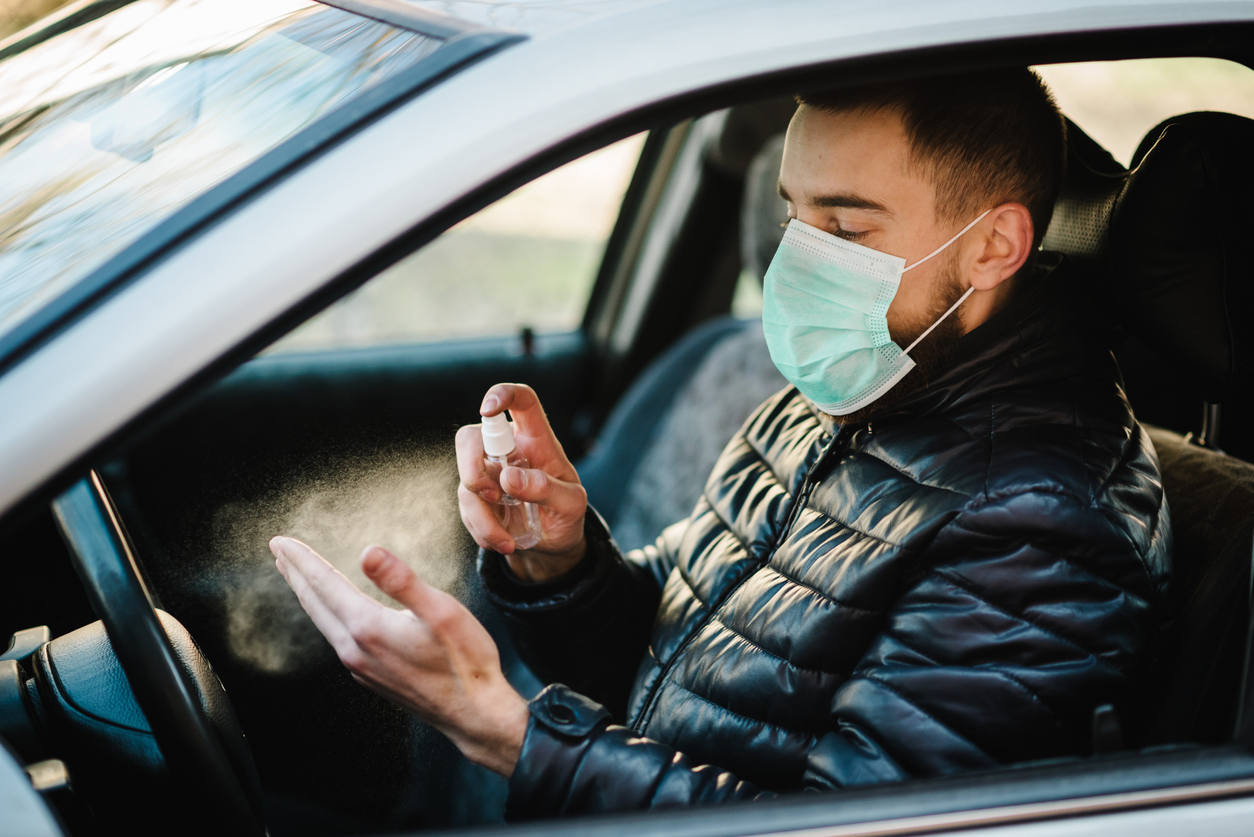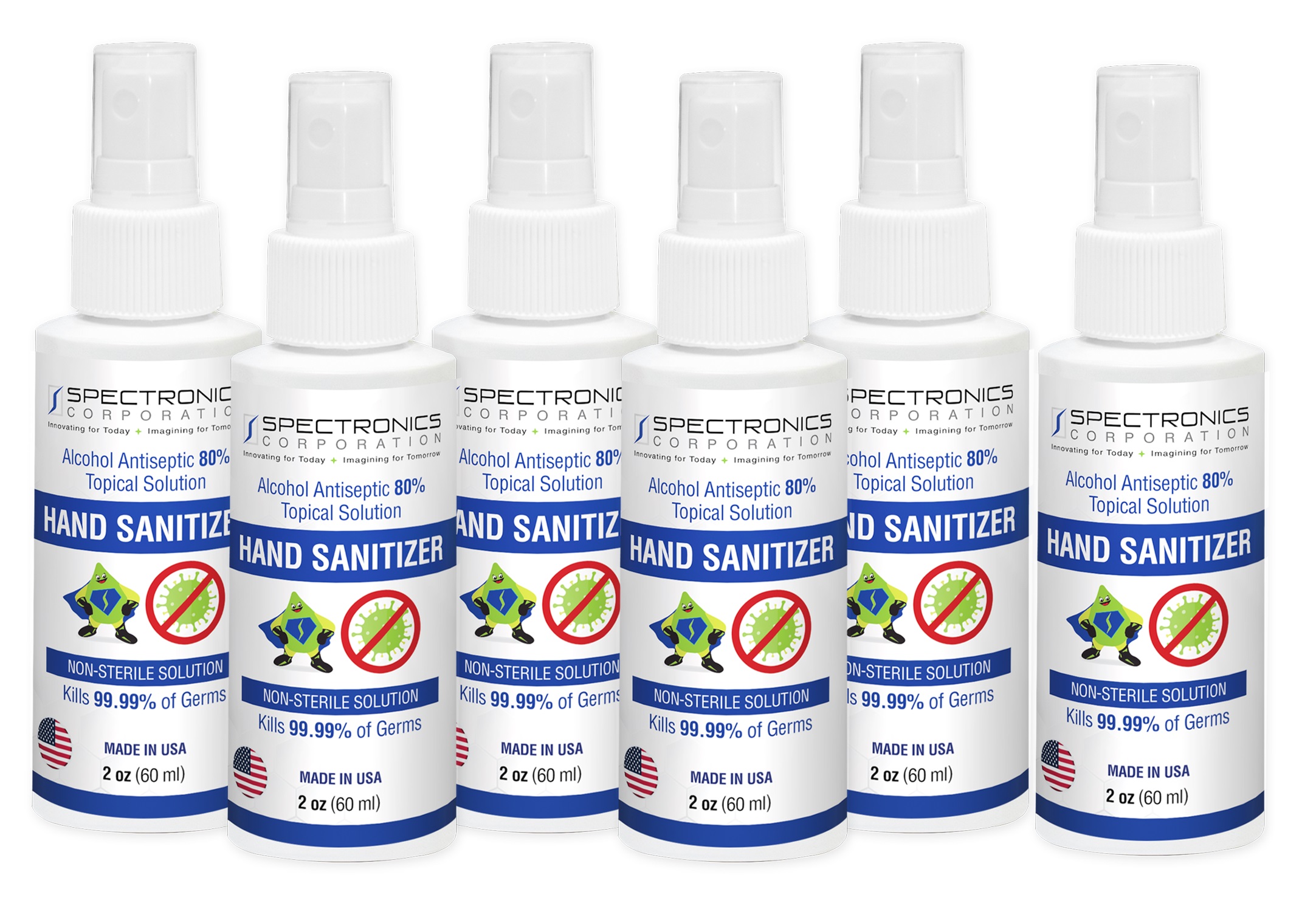Traveling Safely and Minimizing Coronavirus In Your Car
Fresh air and proper ventilation lower the risk of contracting coronavirus. Even in cramped quarters, airflow keeps the buildup of aerosolized virus down. The next time you’re driving, crack your windows down a few inches and run the HVAC system. Constantly introducing fresh air lowers the concentration virus particles in your car’s cabin. In the fight against COVID, HVAC maintenance is critical.
Is there coronavirus in your car?
The typical family car interior has a volume of about 100 cubic feet, a 10th the size of a bedroom. And we might cram four, or sometimes five, people into that small space. It’s impossible to social distance.
Here’s the potential problem as it relates to COVID-19. Over the decades, we’ve done a really nice job of sealing up our cars. Ever notice how quiet they are on the inside these days? That’s because every effort has been made to seal up every gap possible so there are better acoustics. The result is that the ventilation rate — how much fresh air comes into the car — can be quite low. This one little change reduces risk.
To show what this means for COVID-19 and to give you a simple step to protect yourself and others while in a car, we modeled a simple scenario: riding in a car for 72 minutes with an infected passenger who seems fine other than coughing every few minutes.
When the windows are closed, SARS-CoV-2 (in fine aerosol particles) accumulates in the car cabin. With each new cough, the concentration builds up with no significant dilution happening. But even cracking one window open just 3 inches can keep this at bay.
 So the next time you’re in the car — be it your own vehicle with others or in a taxi, Uber or Lyft — it’s all the same advice: Open up the windows just a bit, even if everyone is feeling fine. If you’re using your air conditioning or heat and want to keep the windows closed, make sure the car is not in recirculating air mode — select the mode that brings in fresh outdoor air. Having everyone in the car wear a mask can also help and is a must in a taxi or ride-share vehicle.
So the next time you’re in the car — be it your own vehicle with others or in a taxi, Uber or Lyft — it’s all the same advice: Open up the windows just a bit, even if everyone is feeling fine. If you’re using your air conditioning or heat and want to keep the windows closed, make sure the car is not in recirculating air mode — select the mode that brings in fresh outdoor air. Having everyone in the car wear a mask can also help and is a must in a taxi or ride-share vehicle.
Lastly, bringing in more outdoor air only addresses airborne transmission. There are many high contact surfaces inside a car for droplets to land on, so wash your hands after your trip.
In Case You Missed Our Last Post about Mobile HVAC Maintenance…
Learn How UV Leak Detection Minimizes the Spread of COVID
Tips to avoid getting and spreading COVID-19 in common travel situations
In public: Wear a mask in public settings. Stay at least 6 feet (about 2 arms’ length) from anyone who is not from your household.
Bathrooms and rest stops: Wash your hands with soap and water for at least 20 seconds after using the bathroom and after you have been in a public place. If soap and water are not available, use a hand sanitizer that contains at least 60% alcohol. Cover all surfaces of your hands and rub them together until they feel dry.
Getting gas: Use disinfecting wipes on handles and buttons at the gas pumps before you touch them (if available). After fueling, use a hand sanitizer with at least 60% alcohol. When you get to your destination, wash your hands with soap and water for at least 20 seconds.
Keeping your hands clean and taking the right precautions can protect you. Our hand sanitizer spray is 80% alcohol and formulated in accordance with the WHO guidelines. When traveling, you may need to touch commonly used surfaces – such as a gas pump or a door handle. Kill up 99.99% of viruses and bacteria with our concentrated and sprayable hand sanitizer.
Learn More About Our 80% ALCOHOL HAND SANITIZER – CLICK HERE






